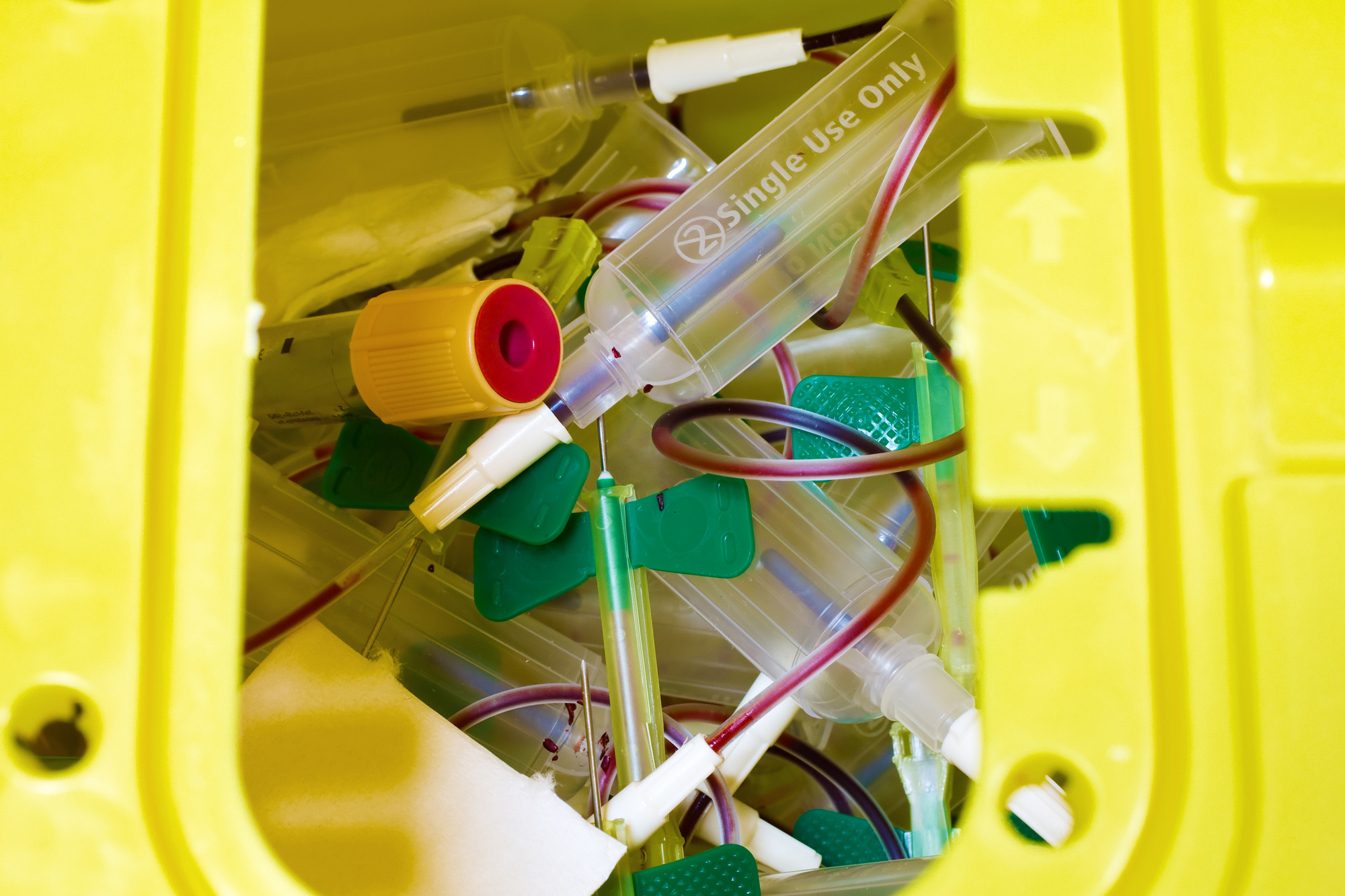How biomedical waste is generally removed?
Biohazard waste removal is a critical process aimed at safely disposing of materials that pose a threat to human health or the environment due to their infectious, toxic, or radioactive nature. Effective biohazard waste removal techniques are essential to prevent the spread of diseases and protect both public health and the environment. Biowaste Services, Inc. offers service for biomedical waste removal in Winter Garden FL, Alafaya FL, Kissimmee FL, St. Cloud FL, Pine Hills FL, Buena Ventura Lakes, FL and surrounding areas.

However, as a customer, you might want techniques to be followed:
- Segregation and Identification: Proper segregation and identification of biohazardous waste at its source are fundamental steps in its safe removal. Waste should be segregated into categories such as infectious, sharps, chemical, and radioactive materials. Containers should be clearly labelled with biohazard symbols and information regarding the type of waste contained within.
- Containment: Biohazard waste must be contained in leak-proof and puncture-resistant containers to prevent spills or exposure during handling and transportation. Containers should be tightly sealed to minimize the risk of contamination and labelled according to regulatory requirements.
- Personal Protective Equipment (PPE): Workers involved in biohazard waste removal must wear appropriate PPE, including gloves, masks, gowns, and eye protection, to minimize the risk of exposure to pathogens or hazardous materials. PPE should be selected based on the specific hazards present and disposed of properly after use.
- Safe Handling and Transportation: Biohazard waste should be handled with care to minimize the risk of accidents or spills. It should be transported using dedicated vehicles or containers designed to prevent leakage and contamination. Drivers and handlers should be trained in proper handling procedures and equipped with spill kits in case of emergencies.
- Decontamination: Surfaces, equipment, and vehicles used in biohazard waste removal should be regularly cleaned and decontaminated to prevent the spread of pathogens or contamination. Decontamination procedures may involve the use of disinfectants, autoclaving, or other appropriate methods to ensure that all surfaces are effectively sterilized.
- Disposal: Biohazard waste must be disposed of in accordance with local, state, and federal regulations. Depending on the type of waste, disposal methods may include incineration, autoclaving, chemical treatment, or burial in designated landfill sites. Facilities responsible for biohazard waste disposal must have permits and follow strict protocols to ensure proper handling and disposal.
In conclusion, effective biohazard waste removal techniques are essential to protect public health and the environment. By implementing proper segregation, containment, PPE usage, handling, transportation, decontamination, and disposal procedures, the risks associated with biohazard waste can be minimized, ensuring the safety of both workers and the community.
Kindly call us without hesitation.
